Care and Repair
An Orthodontic emergency can often occur when you’re not properly prepared, so knowing how to handle these situations can ensure a smooth treatment journey. Whether you’re a current orthodontic patient or considering treatment in the future, understanding how to address these emergencies will empower you to take proactive steps and alleviate discomfort & stress during unexpected conditions.
Some orthodontic emergencies can be managed at home, while others require reaching out to your orthodontist for expert guidance. Our best advice is to promptly contact your orthodontist and not miss appointment sessions; it’s the most reliable way to ensure your orthodontic treatment stays on track.
Common Orthodontic Emergencies Along at-Home Solutions
Here is a list of common orthodontic emergencies along with at-home solutions patients can try before seeking professional help:
Note: For all orthodontic emergencies, it’s important to contact your orthodontist as soon as possible to determine if an office visit is necessary.
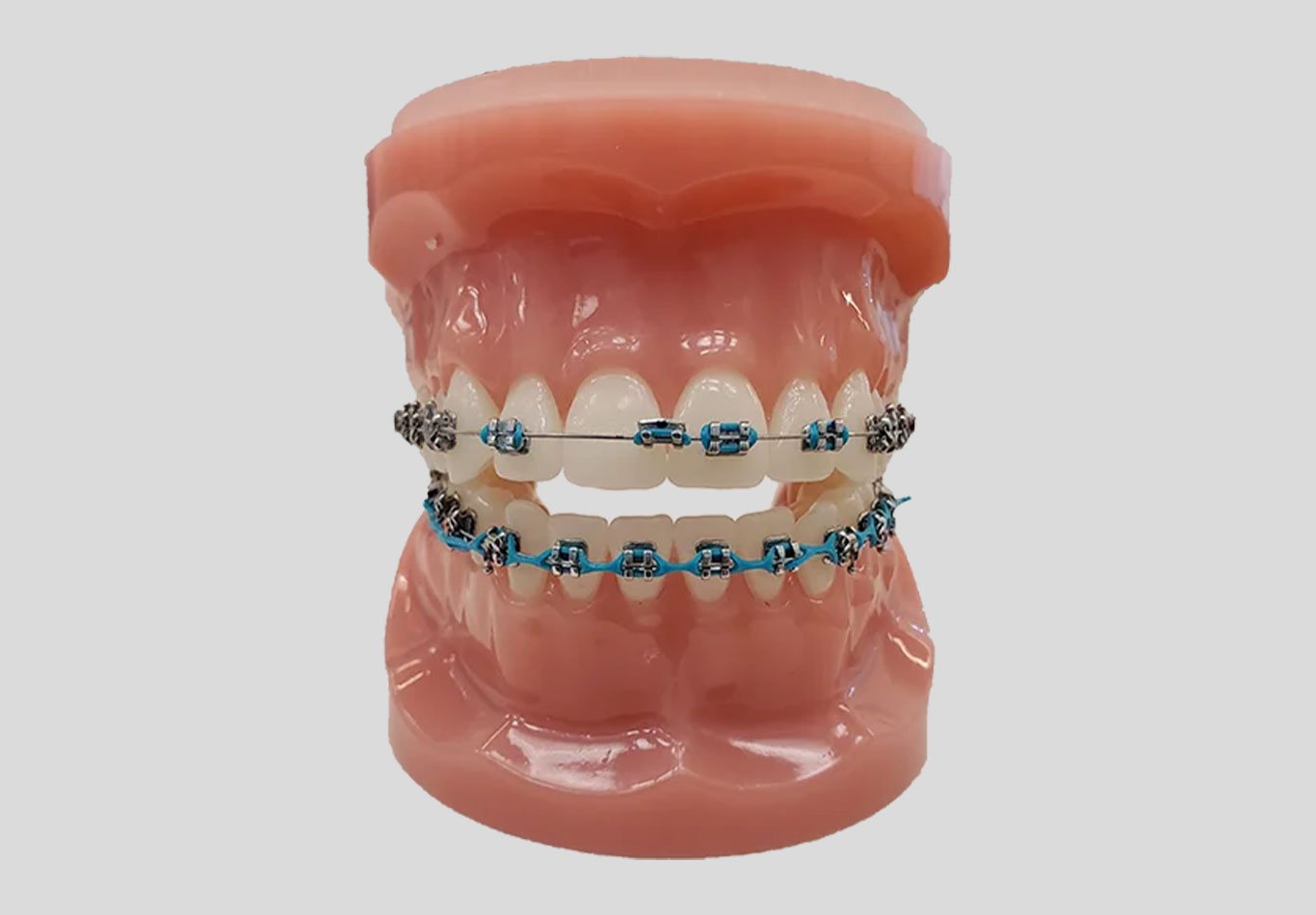
Broken/Loose Bracket
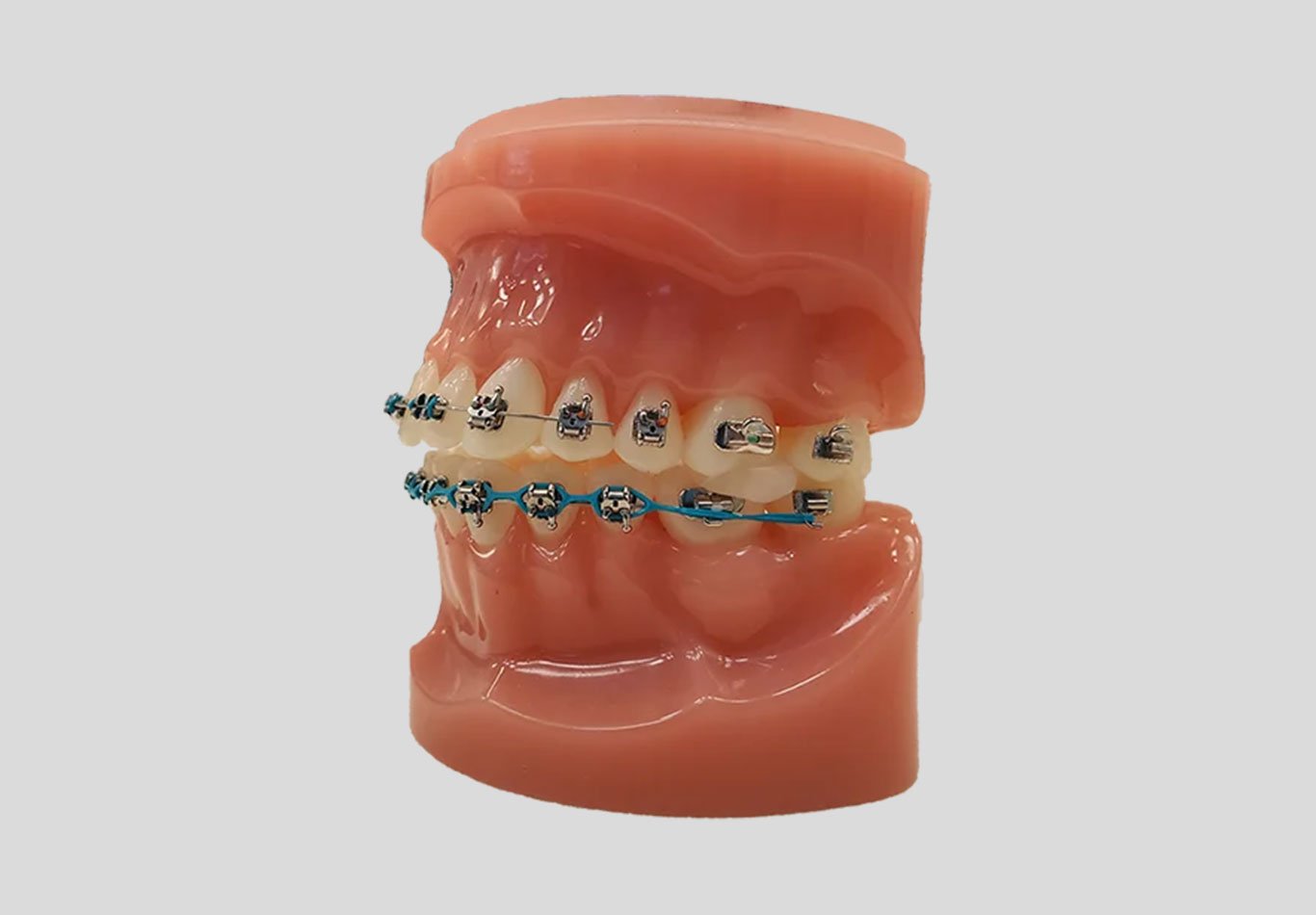
Broken/Loose Wire
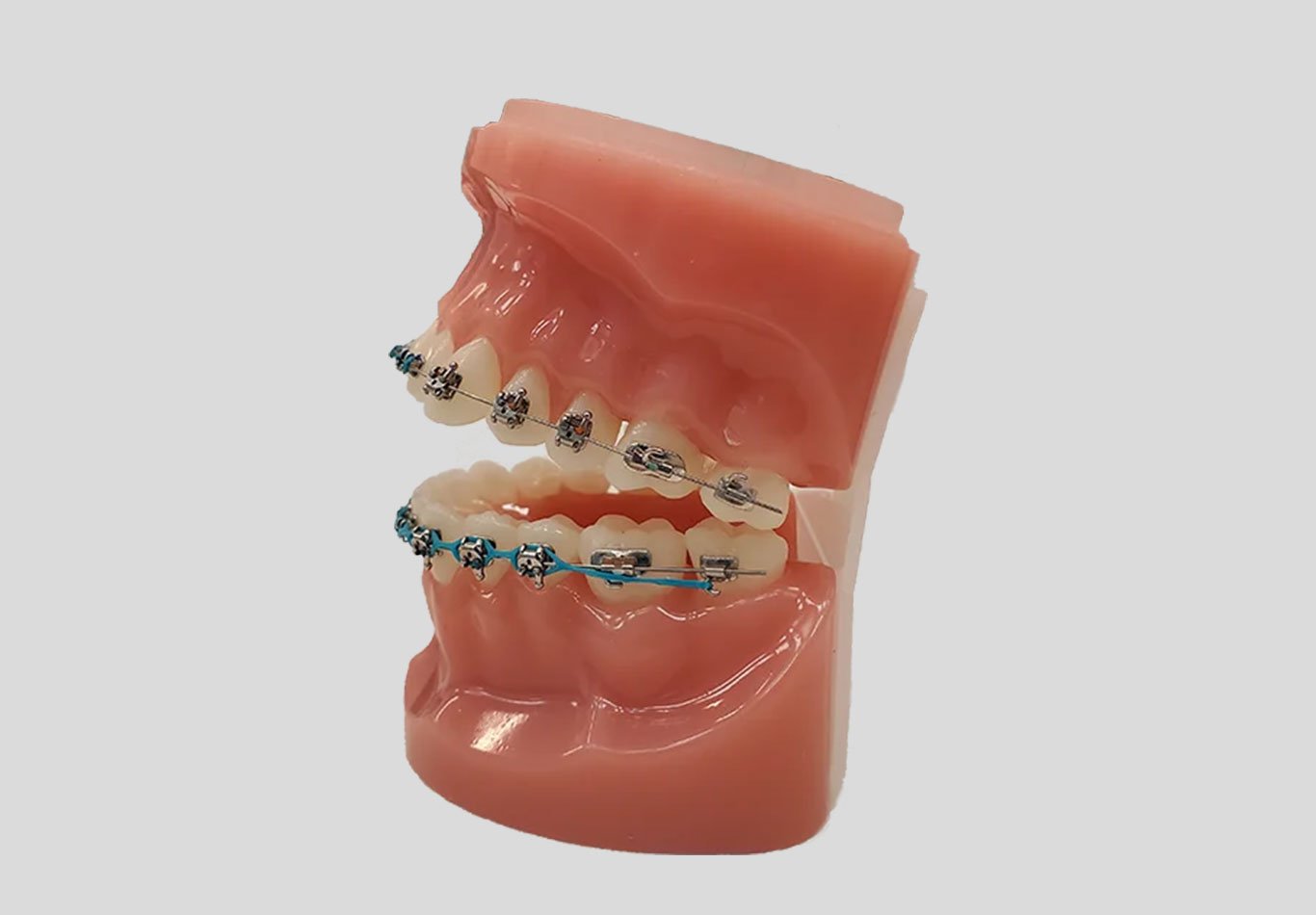
Pokey Wire
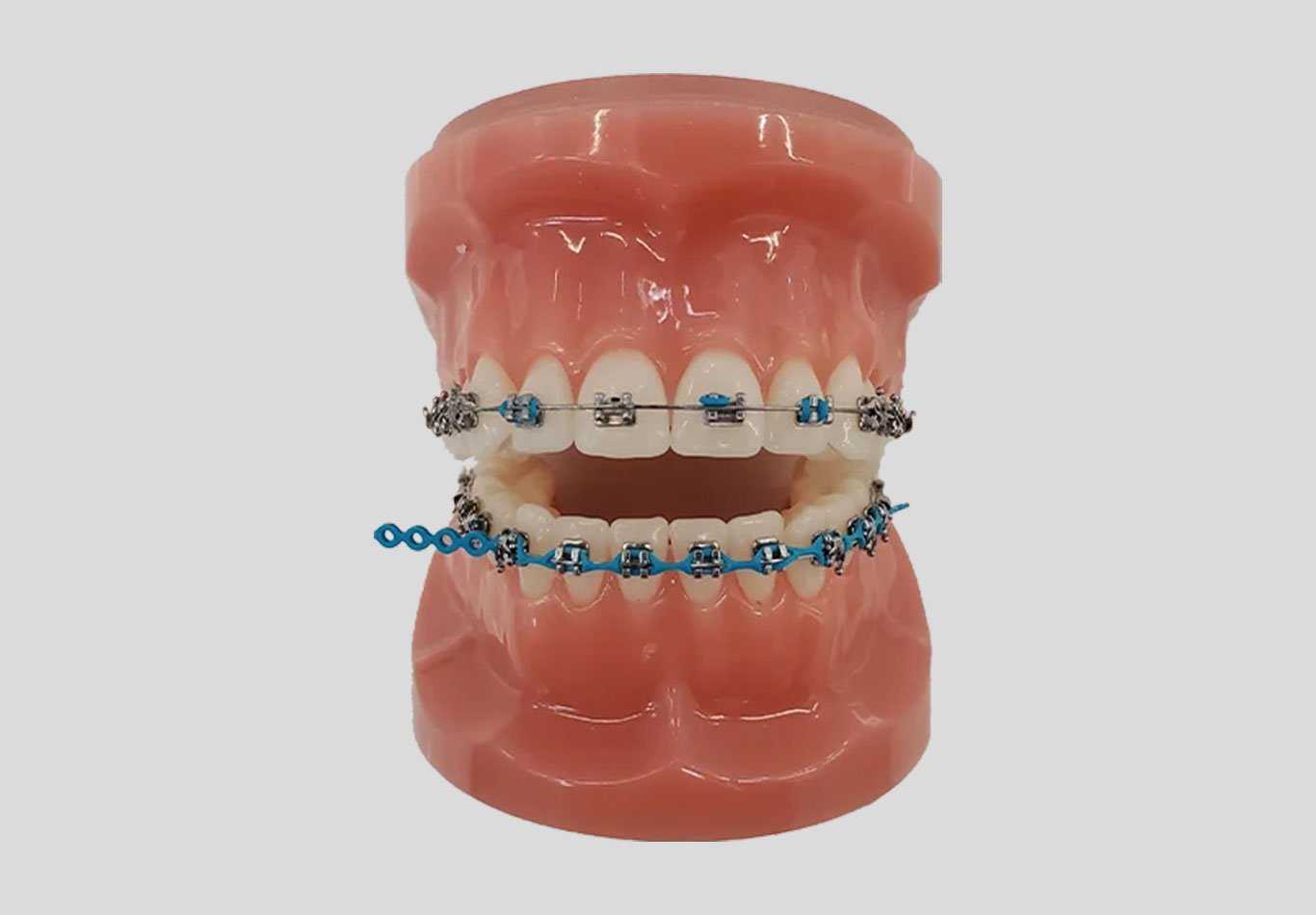
Missing Colors
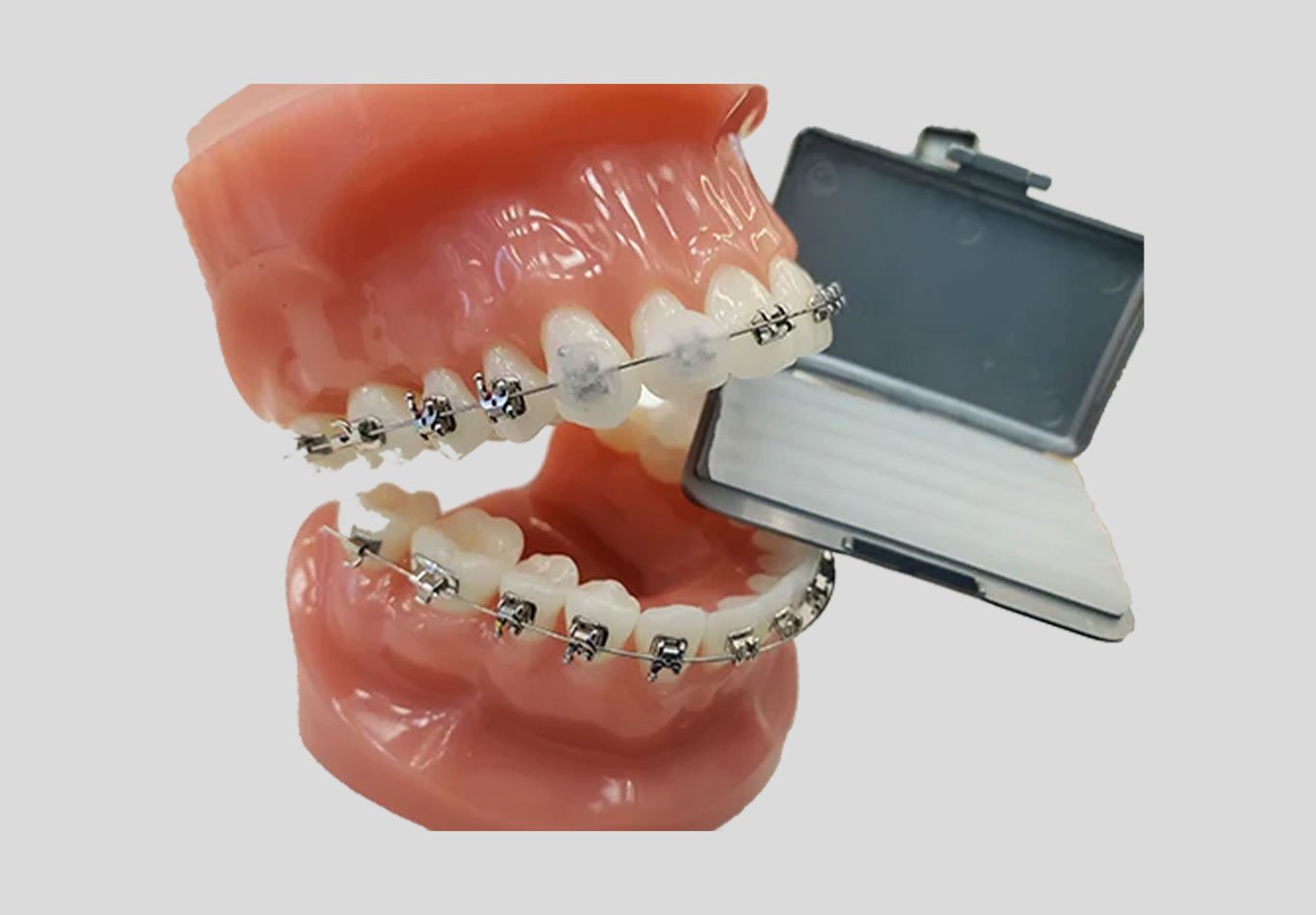
Mouth Irritations
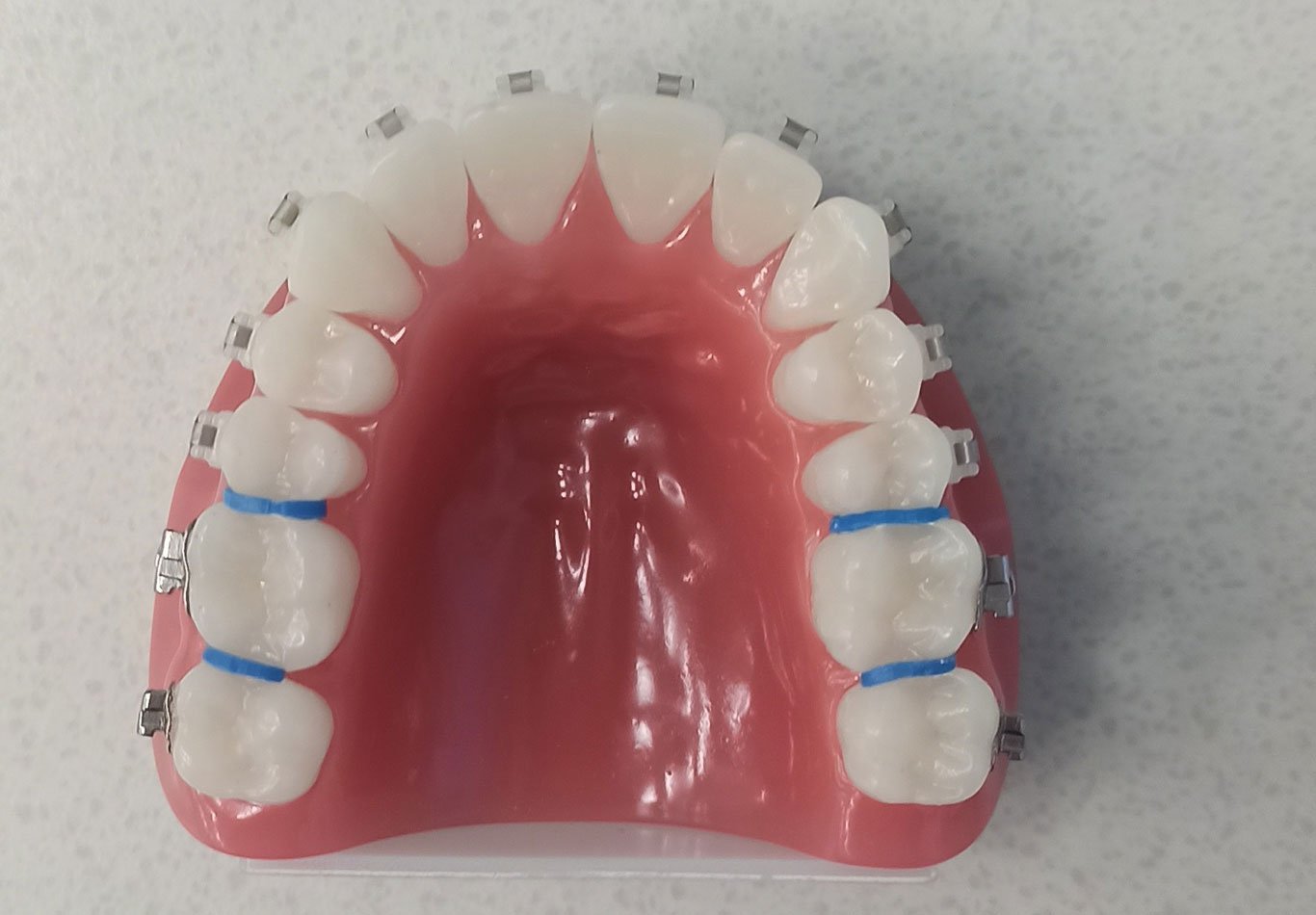
Missing Separators
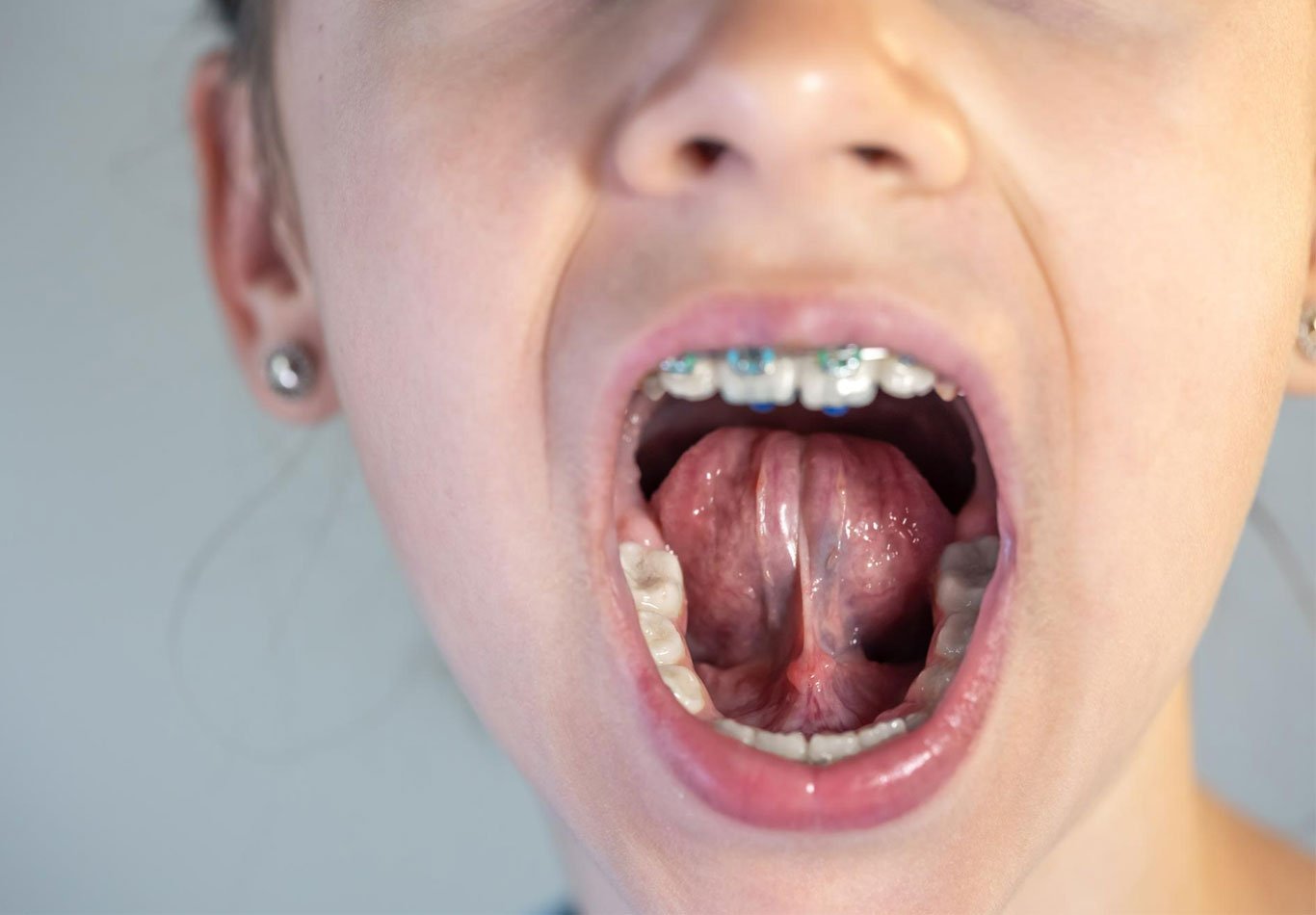
Swallowed Appliance
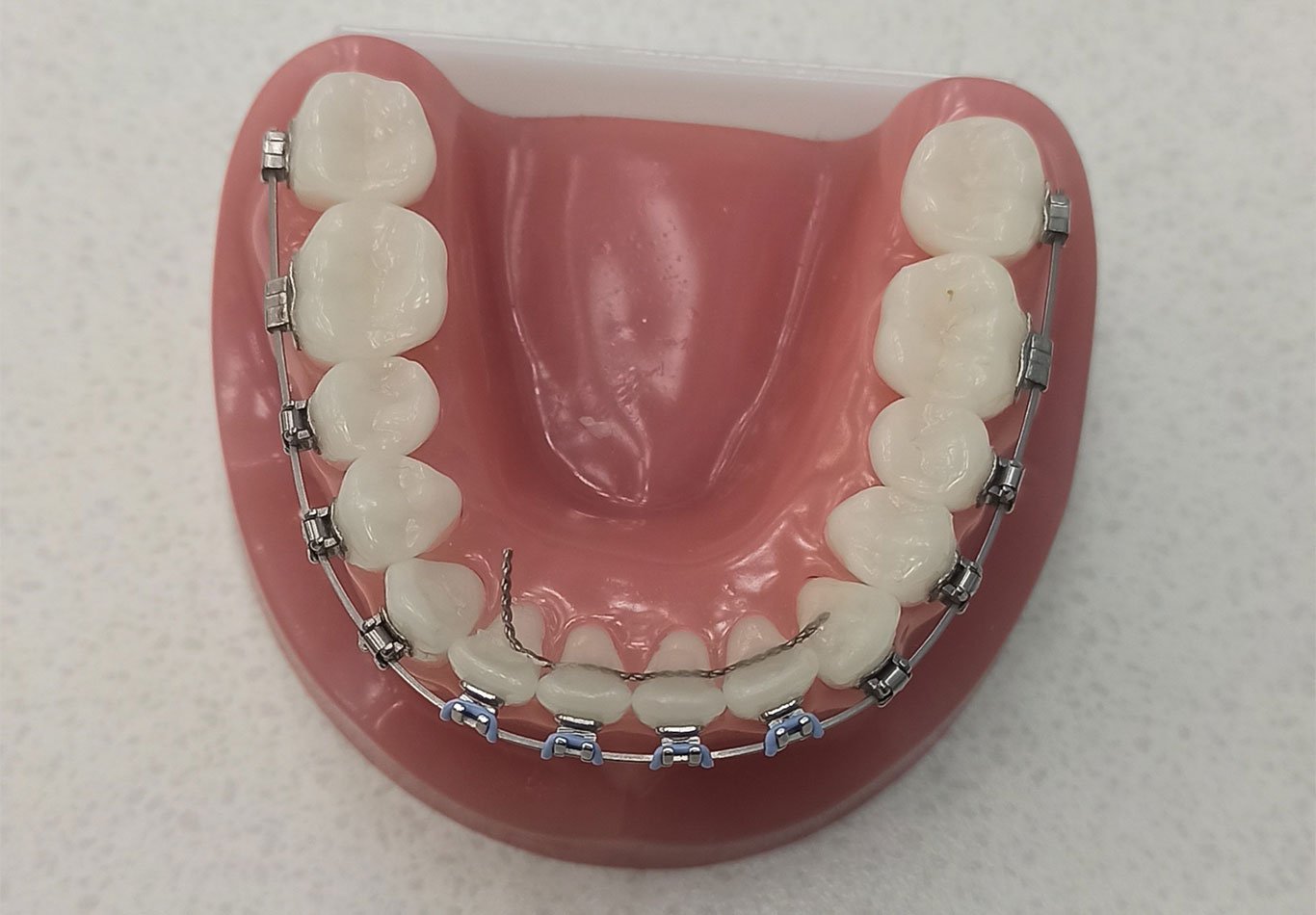
Broken Fixed Retainer
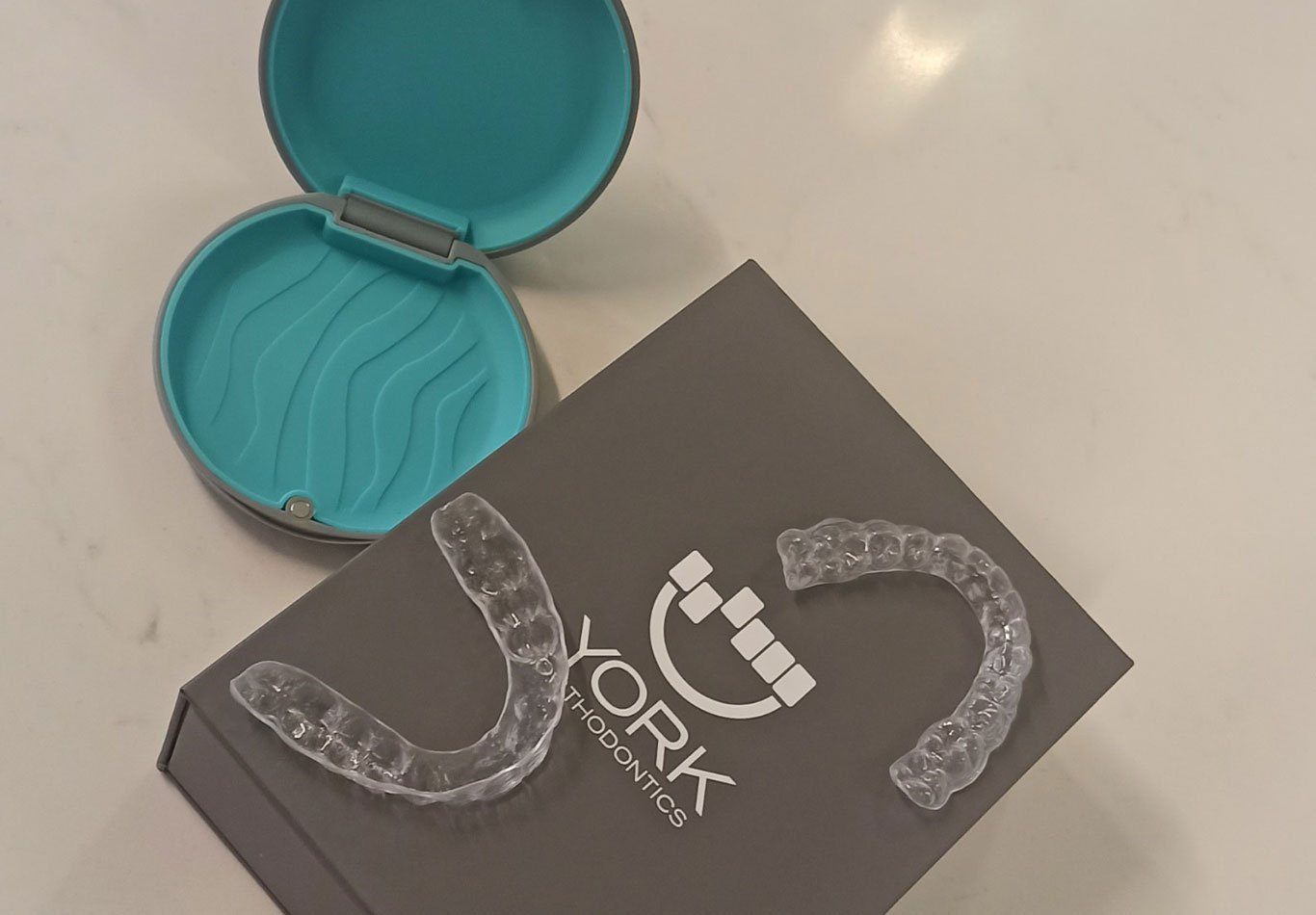
Broken Essix Retainer

Injury to Mouth or Teeth

Allergic Reaction

Pain or Discomfort
Steps to Assess the Severity of an Orthodontic Emergency
Knowing how to handle orthodontic emergencies will help you determine the appropriate course of action. Here are some steps to assess the seriousness of these emergencies:
- Stay Calm and Evaluate the Discomfort: Calm down, take a deep breath, and stay composed. Look for the source of pain or discomfort in your mouth. Assess whether the issue is causing intense pain or just mild discomfort.
- Check for Bleeding or Swelling: If there’s bleeding, rinse your mouth and apply a damp tea bag or clean gauze to control it.
- Identify the Problem: Don’t be nervous! Check your gums, lips, or cheeks for irritation. Examine your braces or aligners carefully to determine if there are any broken brackets, wires, or loose components.
- Evaluate Functional Impairment: Assess if the issue is affecting your daily activities like eating or speaking. Consider whether the issue interferes with the effectiveness of your treatment.
- Determine the Urgency: When an orthodontic emergency happens, determine whether the situation is non-urgent or potentially serious. If it is potentially serious, reach out to your orthodontist as soon as possible.
- Consider the Time and Day: If the emergency occurs during regular office hours, contact your orthodontist quickly. If not, try home solutions like orthodontic wax to temporarily alleviate discomfort until you can meet your orthodontist.
- Review Home Solutions: If the situation is minor or non-urgent, home solutions such as orthodontic wax or over-the-counter painkillers may be effective.
- Avoid Self-Adjustment: Leave the adjustment or repair of your orthodontic appliances to your orthodontist. Always resist the temptation to adjust them yourself.
- Monitor and Follow-Up: If your orthodontist provides a temporary solution, carefully follow their instructions. Attend your scheduled appointments to ensure proper progress.
- Contact Your Orthodontist: When you see your orthodontist, explain your emergency condition in detail and fully express your discomfort level and any functional impairment.
How Can You Avoid an Orthodontic Emergency?
Better safe than sorry! Here are several tips to help you avoid crises:
- Oral hygiene: Maintain excellent oral hygiene by brushing and flossing after each meal. Use a soft-bristle toothbrush and fluoride toothpaste during your orthodontic treatment.
- Wear a mouthguard: When participating in sports or activities with a risk of hitting your mouth, wearing a mouthguard ensures proper protection for your braces and aligners.
- Avoid sticky and hard foods: Steer clear of sticky foods like chewy candies and hard foods that might damage your braces. Opt for braces-friendly options such as soft fruits and cooked vegetables.
- Cut food into smaller pieces: Cut tough or crunchy foods into bite-sized pieces to reduce stress on your braces and minimize the risk of damage or breakage.
- Be mindful of habits: Avoid habits like nail-biting, pen-chewing, or using your teeth to open packages, as they can damage your braces.
- Commit to the treatment: Adhere to your orthodontist’s instructions and wear your braces or aligners as instructed to achieve optimal results.
- Communicate effectively with your orthodontist: Share any issues or concerns about your treatment openly with your orthodontist. Timely communication allows them to address issues promptly, avoiding complications.


Tools and Supplies You Need for Orthodontic Emergenciesc
With these tools and supplies on hand, you will be prepared to handle the most common orthodontic emergencies.
- Orthodontic wax
- Dental Floss
- Sterile tweezers
- Q-tips
- Salt
- Toothpicks
- Interproximal brush
- Topical Anesthetic (such as Orabase or Ora-Gel)

Braces Emergency
Food Trapped in Braces: Although this isn't an orthodontic emergency, it can be uncomfortable. Use dental floss to remove the food, or try an interproximal brush or toothpick to dislodge it.
• Lost Rubber Band or Ligature: If a rubber band or ligature that holds the wire to the bracket is lost, notify your orthodontist for a fix.
• Rubber Band or Ligature Coming Off: If a rubber band or ligature comes off, try to put it back in place with sterile tweezers. For a loose wire ligature, remove it with sterile tweezers. If it's sticking out but not loose, you can use a Q-tip or pencil eraser to bend it back. If a ligature pops off, others might follow. Contact your orthodontist in such cases.
• Discomfort After Adjustments: Some discomfort is normal after adjusting braces or retainers, usually lasting a day or two. Eating might be uncomfortable, but this is temporary. Soft foods, rinsing with warm salt water, and over-the-counter painkillers like acetaminophen or ibuprofen can help.
• Mouth Sores: Braces can sometimes irritate your mouth, leading to sores on the cheeks, lips, or tongue. While not an orthodontic emergency, sores can be very uncomfortable. Apply a topical anesthetic like Orabase or Ora-Gel directly to the sore with a cotton swab for relief.
• Irritation from New Braces: New braces can irritate your mouth, especially when eating. Use non-medicinal relief wax as a buffer between the metal and your mouth. Pinch off a small piece, roll it into a ball, flatten it, and place it over the irritated area. If the wax is accidentally ingested, don’t worry; it’s harmless.

Orthodontic Urgent Care - Useful Tips
Occasionally, a wire might irritate your mouth. Use a Q-tip or pencil eraser to push the wire into a comfortable position. If that’s not possible, cover it with relief wax.
If the wire is extremely bothersome and you can't see your orthodontist soon, you can clip the wire as a last resort. Wrap the area with tissue or gauze to catch any snipped pieces of wire. Use sharp clippers to carefully snip off the protruding wire, and apply relief wax for comfort.
If your braces come loose, contact your orthodontist immediately to determine the next steps.
Orthodontic emergencies can often bring concerns and worries. Knowing how to address the issues and handle the situation can help alleviate stress and discomfort. Here, we cover what you can do to handle the situation best. However, you need to reach out to your orthodontist in any case of emergencies as soon as possible.
We, at York Orthodontics, are always here to help you. In case of any emergency, don’t hesitate to contact us right away.
